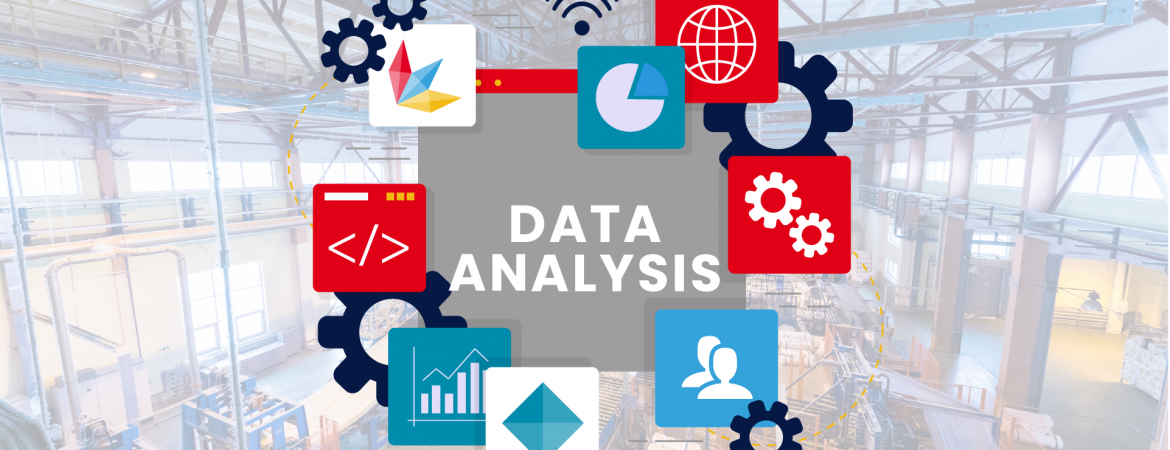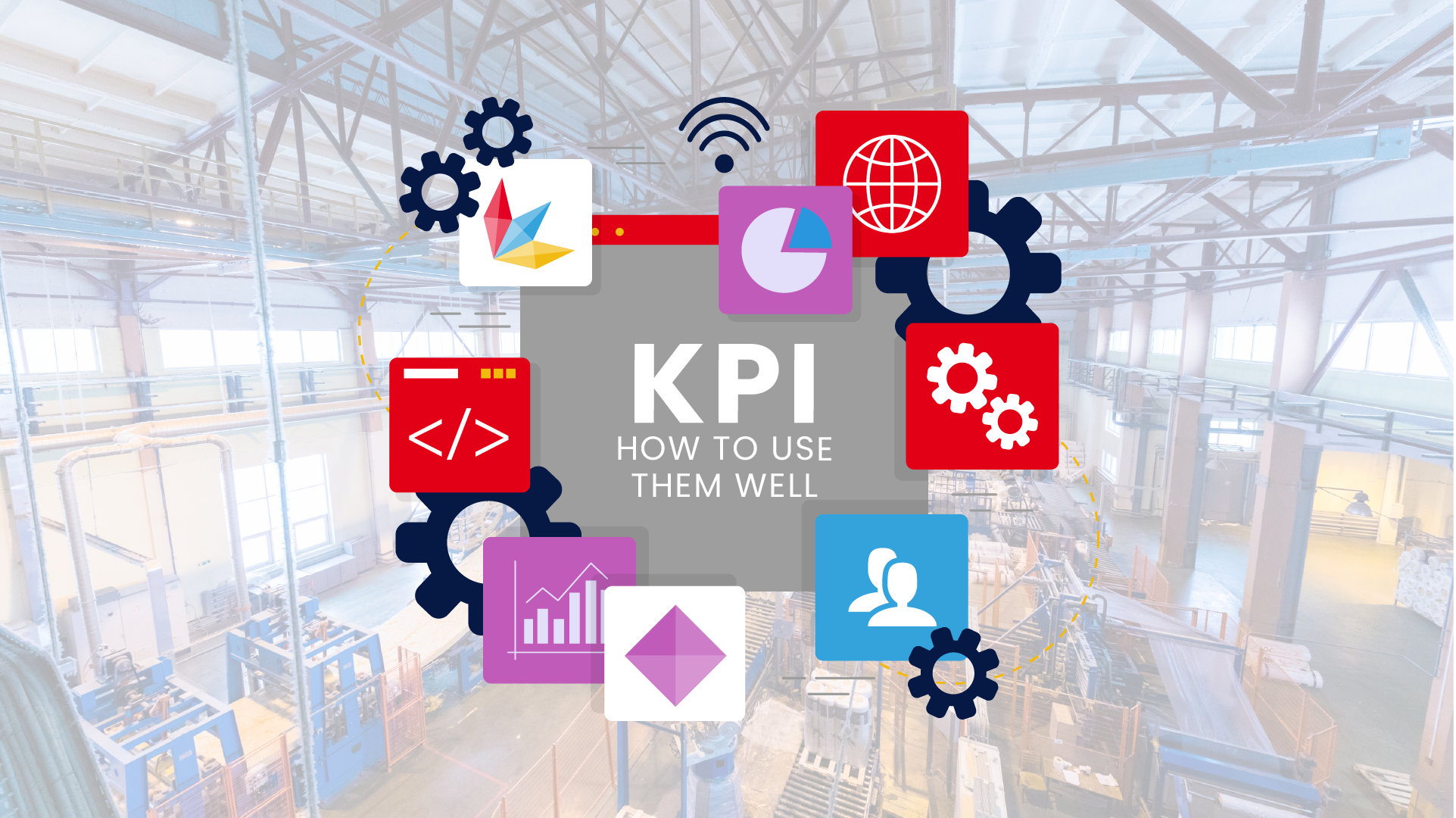In today’s world, data plays a fundamental role in our lives. The digital revolution has permeated every aspect of our existence, enabling the collection of vast amounts of data that were previously inaccessible. But how can you leverage this situation to your advantage?
Data Collection
The first step is undoubtedly laying the foundation for a data-driven approach.
Collecting data the right way starts with having a robust management software capable of capturing all the necessary information.
Secondly, it should allow easy data access and the generation of reports. Software solutions like Iriday facilitate these operations seamlessly.
At this point, we can distinguish between two types of data:
- Data from next-generation machines that autonomously transmit essential information for accurate operational analysis.
- Data manually entered by operators during production, for example, via tablets, a feature supported by Iriday.
Types of Data
Various types of statistics can be valuable, depending on the specific needs and processes of each company.
For instance, data points may include the number of units produced by a machine, breakdowns experienced by machinery, hours worked, and the number of operators using a particular machine and for how long.
Each of these metrics, when analyzed appropriately, provides insights into the operational landscape.
Data Analysis
In a context where the strategy and relevant Key Performance Indicators (KPIs) have been defined, data analysis becomes more straightforward.
For example, if we’ve decided to monitor the quantity of orders produced daily, we need to collect data such as machine usage time, production phase times, machine breakdowns, interruptions due to anomalies, and machine idle time.
These data points offer a clear picture of the situation and can highlight production process bottlenecks.
Data Cleansing
Often overlooked but crucial, data cleansing ensures that only relevant and unique data are collected and avoids duplication across different parts of the software.
Types of Analysis
Once the analysis scope is established, it’s essential to determine whether quantitative or qualitative metrics are needed.
Quantitative metrics, such as KPIs, track trends in specific areas of activity, while qualitative metrics help analyze more abstract issues, such as why order fulfillment deadlines aren’t being met.
Descriptive Analysis
Descriptive analysis, which provides a historical perspective through numbers and statistics, is widely utilized. The key lies in understanding which data points are needed and how they can be utilized. While sophisticated algorithms exist to assist with this task, they may not be necessary for small businesses with limited data volumes.
Next Steps
After conducting a thorough data analysis, implementing corrective actions for identified issues is crucial. In some cases, long-term strategy revisions may also be necessary.
By embracing data-driven approaches and leveraging the insights gleaned from data analysis, businesses can optimize their operations, identify areas for improvement, and drive growth.



